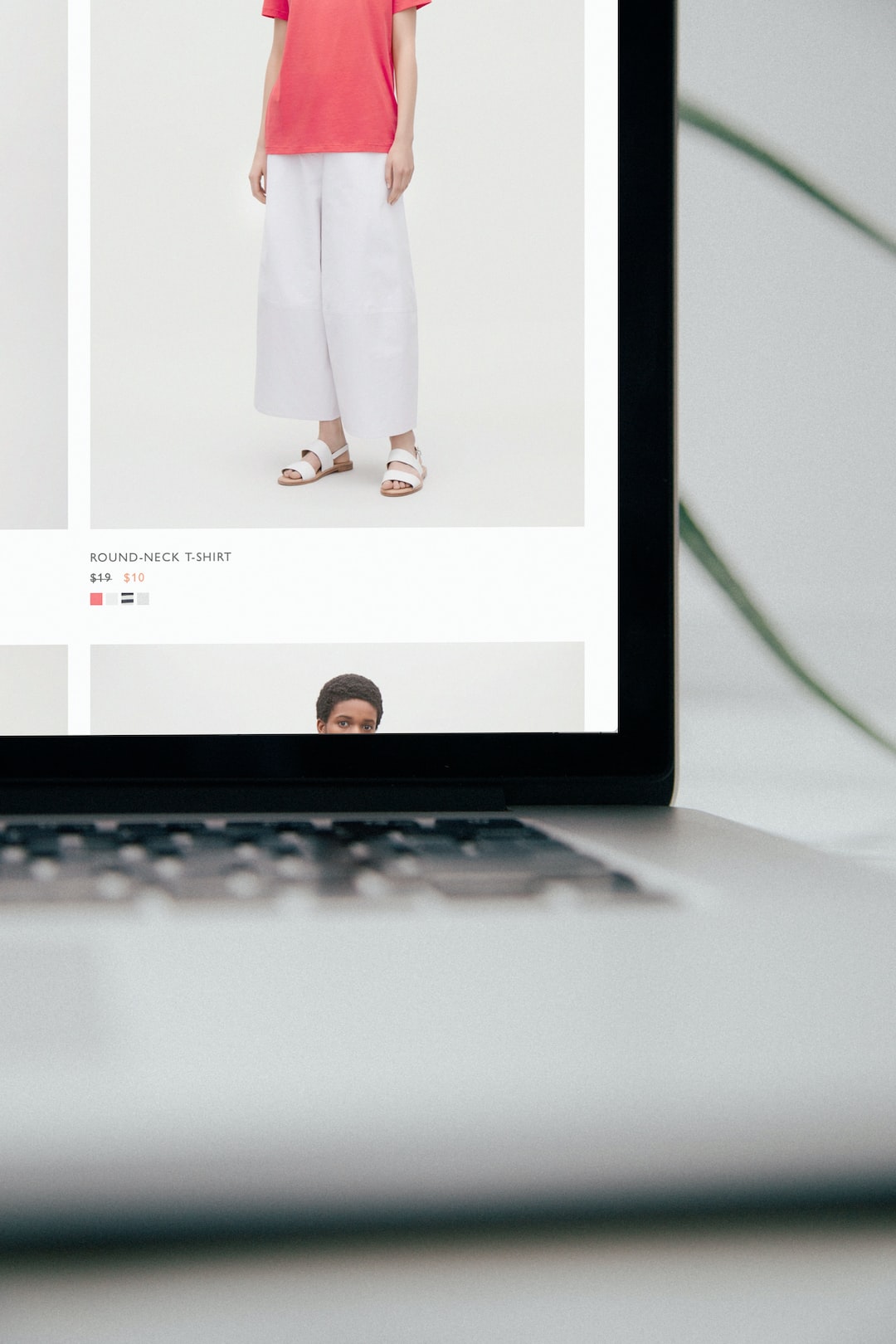In recent years, we have witnessed a significant shift in the marketing landscape. Traditional forms of advertising, such as television commercials and billboard ads, are no longer as effective as they once were. Enter influencer marketing – a powerful tool that has taken the online retail world by storm.
So, what exactly is influencer marketing? In simple terms, it involves collaborating with influential individuals on social media platforms to promote your brand or products. These influencers, often with large numbers of followers, have the power to sway consumer opinions and drive purchase decisions. With the rise of social media, influencer marketing has become an integral part of online retail strategies.
One of the key reasons behind the surge in influencer marketing is the changing consumer behavior. People today are more inclined to trust the recommendations of real people, rather than traditional advertisements. They want to see real-life examples of how a product or service can benefit them. Influencers bridge this trust gap by creating authentic content that resonates with their followers. By partnering with influencers, brands can tap into their loyal fan base and gain exposure to a highly engaged audience.
The success of influencer marketing also lies in the ability to reach niche markets. Influencers often have a specific area of expertise and cater to a particular audience. This enables brands to target their marketing efforts toward a specific demographic, rather than taking a one-size-fits-all approach. For instance, a beauty brand can collaborate with a makeup artist influencer to reach beauty enthusiasts, while a fitness brand can partner with a health and wellness influencer to target fitness enthusiasts. This targeted approach ensures that the brand’s message is reaching the right audience, leading to higher conversion rates.
In addition to reaching a niche audience, influencer marketing also allows brands to create highly engaging content. Influencers are masters at creating visually appealing and compelling content that captures the attention of their followers. By integrating the brand’s products or services seamlessly into their content, influencers are able to generate interest and drive engagement. This takes the form of sponsored posts, unboxing videos, product reviews, and more. These types of content not only promote the brand but also provide valuable information to the audience, helping them make informed purchase decisions.
Furthermore, influencer marketing has proven to be much more cost-effective than traditional forms of advertising. With the decline of TV viewership and surge in ad-blocker usage, marketers have to find alternative ways to reach their target audience. Collaborating with influencers has become a more affordable and efficient option. Instead of spending large sums on television commercials or print advertisements, brands can allocate their budgets towards influencer partnerships, which often yield higher returns on investment.
However, as influencer marketing continues to evolve, so do the challenges associated with it. With the rise of fake influencers and paid engagement, brands must be vigilant when selecting influencers to collaborate with. It is essential to vet influencers carefully and assess their authenticity and engagement rates before entering any partnerships.
In conclusion, the rise of influencer marketing in online retail is a testament to the changing dynamics of consumer behavior and the need for more authentic and targeted marketing strategies. With the ability to reach niche markets, create engaging content, and deliver higher returns on investment, influencer marketing has become an indispensable tool for brands. As long as brands navigate the challenges associated with influencer marketing effectively, this trend is poised to continue shaping the future of online retail.

